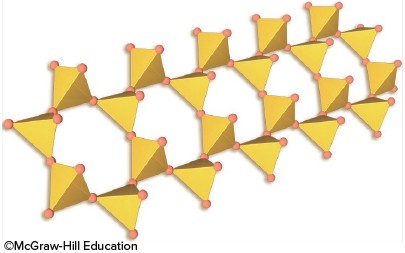Define environment, and describe the general development and successes of modern environmentalism
What will be an ideal response?
The word environment is a broad term and it describes the natural world, human societies, and the human-built world. When the frontier "closed" in the late 19th century, people realized that unique wild areas were disappearing. Different groups formed to help popularize the idea of wilderness and preservation of lands. A second wave came after the Dust Bowl and during the Great Depression with the CCC and others. After WWII a technology explosion caused economic (and population) expansion, which led to many environmental problems. New chemicals led to the decline of bird populations. Rachel Carson's book and others led to the modern environmental movement. A more militant population demanded decreased pollution and increased cleanup. It was a grassroots movement as opposed to a governmental or official one. New groups formed and old ones found new members and new help. Many laws were passed in the late 1960s and the 1970s, such as the Clean Air and Clear Water Acts. The EPA was also founded. From there all kinds of things happened, depending on the issues, the government, and the people.
You might also like to view...
Which is the following helps to control cultural eutrophication?
A. adding nitrates to balance the excess phosphate B. adding aquatic weeds to the water body to absorb excess oxygen C. increasing fertilizer use D. pumping remaining oxygen out of the reservoir E. limiting or banning phosphates in detergents
What type of silicate minerals is shown from this arrangement of silicon tetrahedron?
A. independent tetrahedra B. sheets C. single chains D. frameworks E. double chains
The ionizing ability of radiation is measured by which of the following?
A) becquerel B) curie C) roentgen D) all of these
The first law of thermodynamics states that ____
a. energy can only be released from a system through the process of oxidation b. energy can be created, destroyed, or change forms c. energy cannot be created or destroyed; it can only change forms d. energy stored in a biomass decreases with each successive trophic level e. energy stored in a biomass increases with each successive trophic level